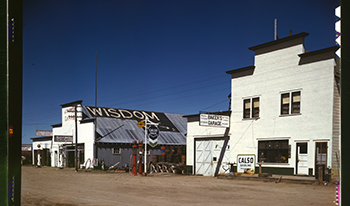
As complementary technologies evolve, data compression continues to be a foundational aspect of growing digital collections. In this study, selected lossless still image codecs from 1992 through 2022 were benchmarked across a variety of efficiency and performance measures using reference images from cultural heritage. Additionally, entropy estimates were calculated by source image to assist in characterizing image information and evaluating encoder efficiency against assessed feasible compression limits. Encoder designs and compression techniques were also examined in the context of the study's measured results.

Efficient compression plays a significant role in Light Field imaging technology because of the huge amount of data needed for their representation. Video encoders using different strategies are commonly used for Light Field image compression. In this paper, different video encoder implementations including HM, VTM, x265, xvc, VP9, and AV1 are analysed and compared in terms of coding efficiency, and encoder/decoder time-complexity. Light field images are compressed as pseudo-videos.

Improving image quality by capturing high dynamic range (HDR) in a scene remains a technological challenge for CMOS sensors. The multi partial reset is a simple technique that allows a sensor to capture HDR inexpensively with high frame rate, low noise floor, and high signal to noise ratio. However, it flattens images due to compression of highlights, rending it useful only for machine vision and automotive applications. In this work, we present an inverse function that restores HDR image appearance specifically for a multi partial reset sensor (MPRS). This function can be applied in software or firmware before demosaicing. Results show that the function automatically enliven images with more depth and saturation that suit general purpose photography. Moreover, latency results show that it can be applied for real-time videography of high frame rate. These results would be computationally much more expensive to achieve using general image enhancement techniques, i.e. not specific to MPRS, especially for high definition, high frame rate, real-time video.